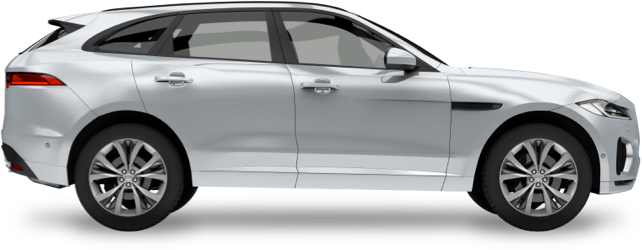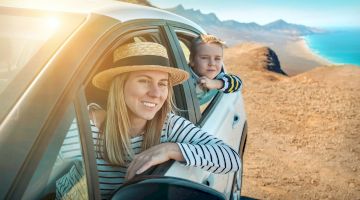- Online car hire since 2005
Car hire Norway
Save time and money. We compare the offers of car rental companies in Norway on your behalf.
- Free cancellation Up to 48 hours prior to the scheduled pick up time
- Best price guarantee Have you found a better price? Let us know and we will make you a better offer.
- 24000+ pick-up locations Locations around the world
Car hire Norway
EasyTerra Car Hire Norway is an independent car hire comparison site. Our system compares prices from well-known car hire companies so as a customer you can always book your hire car through us at a competitive rate.
Car rental offers in Norway
Whether you're looking for a small rental car or a station wagon for the entire family, we will always have a suitable vehicle for the lowest price. Below are some examples from our selection in Norway.
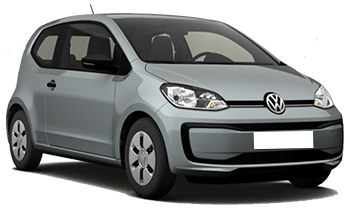
-
Alamo From£ 14 /day -
Europcar From£ 20 /day -
Keddy By Europcar From£ 24 /day

-
Alamo From£ 14 /day -
Europcar From£ 18 /day -
Enterprise From£ 42 /day
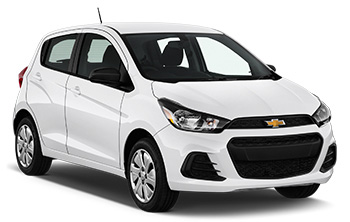
-
Keddy By Europcar From£ 14 /day -
Europcar From£ 20 /day
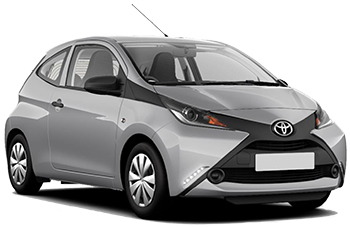
-
Hertz From£ 17 /day -
Thrifty From£ 19 /day -
Alamo From£ 26 /day

-
Europcar From£ 18 /day
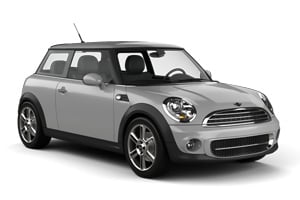
-
Budget From£ 19 /day

-
Hertz From£ 22 /day -
Alamo From£ 29 /day -
Enterprise From£ 34 /day

-
Hertz From£ 24 /day

-
Budget From£ 24 /day
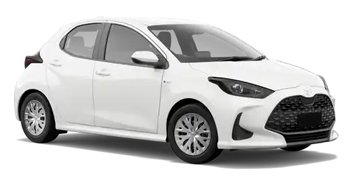
-
Avis From£ 11 /day -
Sixt From£ 14 /day -
Alamo From£ 14 /day
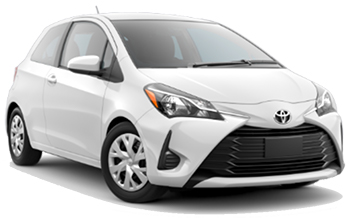
-
Avis From£ 11 /day -
Sixt From£ 14 /day -
Alamo From£ 14 /day
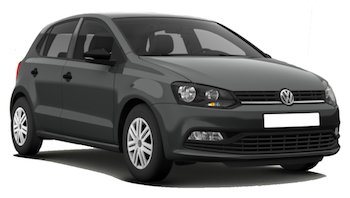
-
Keddy By Europcar From£ 14 /day -
Europcar From£ 42 /day
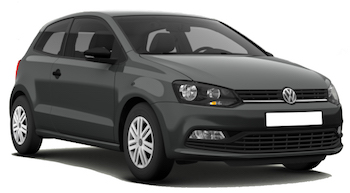
-
Europcar From£ 16 /day -
Keddy By Europcar From£ 24 /day -
Alamo From£ 28 /day

-
Europcar From£ 16 /day -
Alamo From£ 29 /day -
Enterprise From£ 32 /day

-
Hertz From£ 17 /day -
Thrifty From£ 18 /day
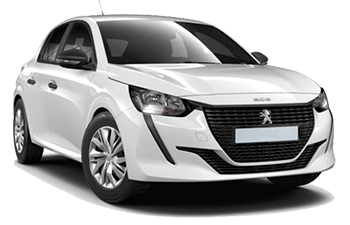
-
Hertz From£ 21 /day
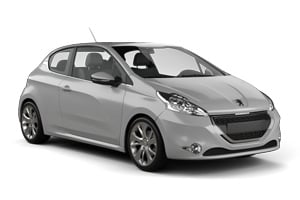
-
Hertz From£ 18 /day -
Thrifty From£ 18 /day

-
Hertz From£ 19 /day
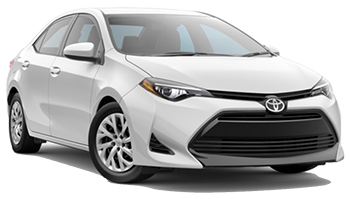
-
Sixt From£ 13 /day -
Avis From£ 14 /day -
Hertz From£ 16 /day

-
Sixt From£ 13 /day -
Avis From£ 14 /day -
Hertz From£ 21 /day
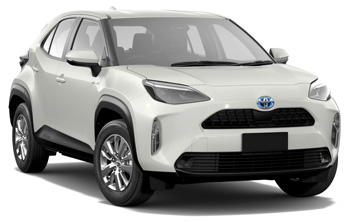
-
Sixt From£ 13 /day -
Thrifty From£ 23 /day -
Hertz From£ 23 /day

-
Sixt From£ 13 /day -
Hertz From£ 26 /day
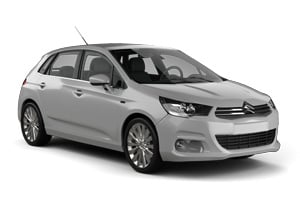
-
Sixt From£ 14 /day

-
Sixt From£ 14 /day
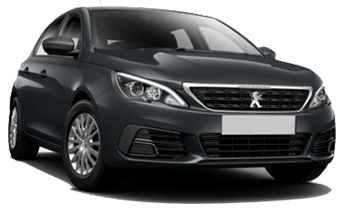
-
Sixt From£ 14 /day

-
Sixt From£ 14 /day
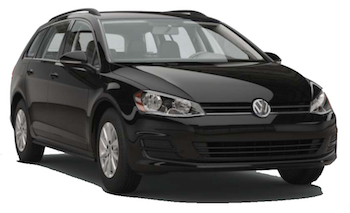
-
Keddy By Europcar From£ 15 /day -
Alamo From£ 15 /day -
Europcar From£ 22 /day
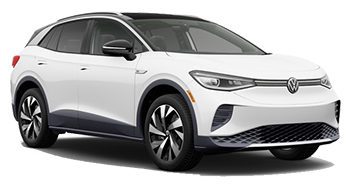
-
Budget From£ 22 /day -
Thrifty From£ 23 /day -
Hertz From£ 23 /day
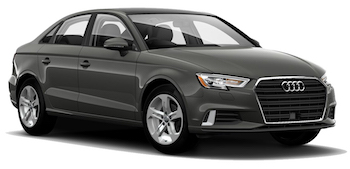
-
Europcar From£ 22 /day

-
Europcar From£ 23 /day
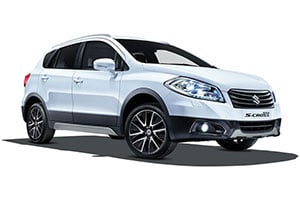
-
Hertz From£ 22 /day -
Thrifty From£ 26 /day -
Budget From£ 31 /day
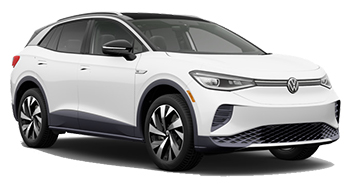
-
Hertz From£ 22 /day -
Budget From£ 22 /day -
Thrifty From£ 23 /day

-
Budget From£ 26 /day -
Avis From£ 28 /day -
Hertz From£ 29 /day
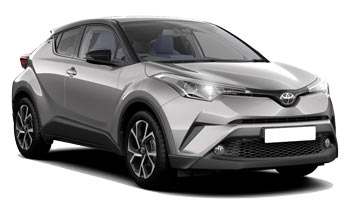
-
Hertz From£ 23 /day -
Thrifty From£ 23 /day -
Europcar From£ 38 /day

-
Budget From£ 27 /day -
Avis From£ 28 /day -
Hertz From£ 38 /day
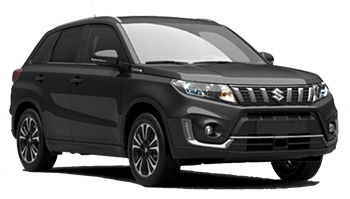
-
Thrifty From£ 24 /day -
Alamo From£ 41 /day -
Enterprise From£ 48 /day
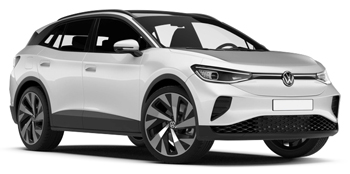
-
Thrifty From£ 24 /day -
Alamo From£ 36 /day -
Enterprise From£ 38 /day
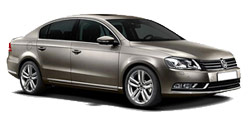
-
Europcar From£ 24 /day -
Alamo From£ 40 /day

-
Europcar From£ 24 /day -
Alamo From£ 38 /day -
Keddy By Europcar From£ 39 /day
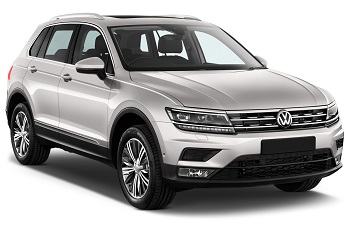
-
Europcar From£ 26 /day
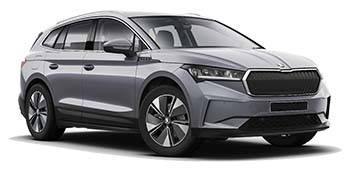
-
Budget From£ 26 /day -
Avis From£ 28 /day -
Sixt From£ 38 /day

-
Budget From£ 26 /day -
Sixt From£ 38 /day -
Avis From£ 40 /day

-
Budget From£ 29 /day -
Avis From£ 31 /day -
Sixt From£ 41 /day
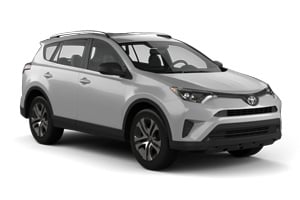
-
Thrifty From£ 27 /day -
Alamo From£ 31 /day -
Hertz From£ 32 /day
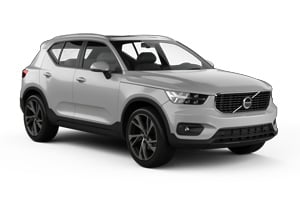
-
Thrifty From£ 28 /day -
Hertz From£ 31 /day
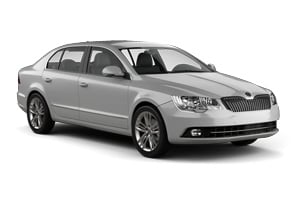
-
Sixt From£ 39 /day
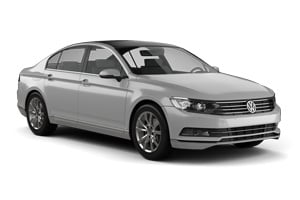
-
Alamo From£ 39 /day -
Enterprise From£ 39 /day

-
Sixt From£ 43 /day
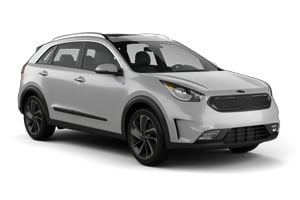
-
Sixt From£ 40 /day
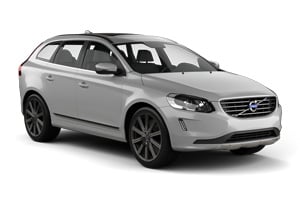
-
Hertz From£ 41 /day -
Budget From£ 66 /day -
Alamo From£ 68 /day

-
Alamo From£ 45 /day -
Enterprise From£ 45 /day

-
Sixt From£ 42 /day

-
Sixt From£ 45 /day
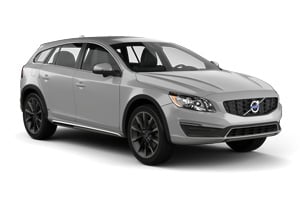
-
Thrifty From£ 44 /day -
Hertz From£ 49 /day -
Enterprise From£ 110 /day
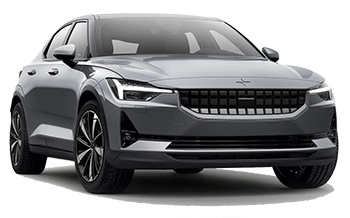
-
Hertz From£ 27 /day -
Avis From£ 30 /day -
Budget From£ 34 /day

-
Avis From£ 31 /day -
Hertz From£ 32 /day -
Budget From£ 34 /day
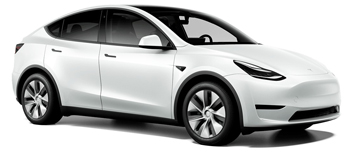
-
Hertz From£ 35 /day -
Alamo From£ 39 /day -
Enterprise From£ 42 /day
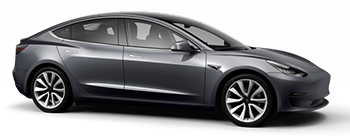
-
Alamo From£ 37 /day -
Enterprise From£ 40 /day -
Hertz From£ 70 /day

-
Alamo From£ 37 /day -
Enterprise From£ 43 /day
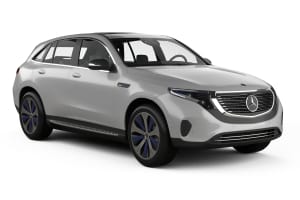
-
Budget From£ 38 /day -
Avis From£ 42 /day

-
Alamo From£ 40 /day -
Hertz From£ 42 /day -
Enterprise From£ 46 /day
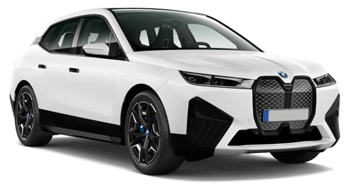
-
Budget From£ 40 /day -
Avis From£ 43 /day -
Sixt From£ 54 /day

-
Budget From£ 41 /day -
Avis From£ 43 /day -
Sixt From£ 58 /day
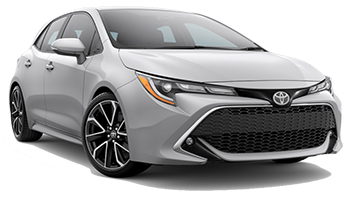
-
Sixt From£ 13 /day -
Hertz From£ 29 /day -
Alamo From£ 30 /day

-
Sixt From£ 13 /day -
Hertz From£ 32 /day -
Budget From£ 34 /day

-
Alamo From£ 15 /day -
Keddy By Europcar From£ 16 /day -
Europcar From£ 22 /day

-
Alamo From£ 15 /day -
Europcar From£ 20 /day
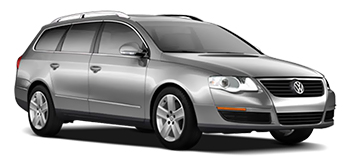
-
Europcar From£ 24 /day -
Keddy By Europcar From£ 39 /day

-
Europcar From£ 24 /day
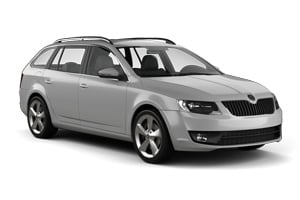
-
Hertz From£ 29 /day -
Alamo From£ 34 /day -
Sixt From£ 42 /day
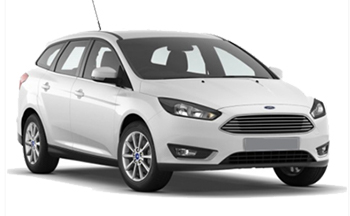
-
Keddy By Europcar From£ 29 /day -
Hertz From£ 30 /day

-
Hertz From£ 32 /day
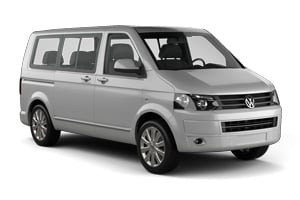
-
Alamo From£ 76 /day -
Enterprise From£ 85 /day
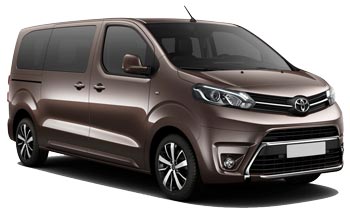
-
Sixt From£ 79 /day

-
Sixt From£ 81 /day
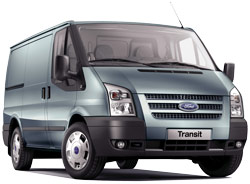
-
Alamo From£ 82 /day
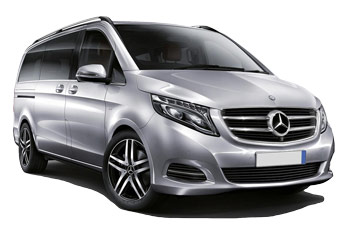
-
Budget From£ 82 /day -
Avis From£ 86 /day

-
Alamo From£ 82 /day -
Enterprise From£ 92 /day
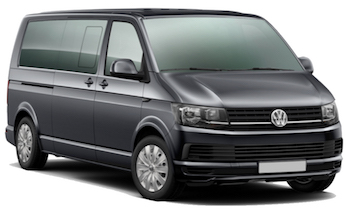
-
Europcar From£ 133 /day

-
Budget From£ 92 /day -
Avis From£ 100 /day

-
Europcar From£ 134 /day
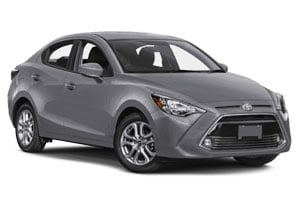
-
Sixt From£ 13 /day -
Thrifty From£ 23 /day

-
Sixt From£ 13 /day

-
Budget From£ 22 /day -
Thrifty From£ 24 /day -
Hertz From£ 35 /day

-
Hertz From£ 22 /day -
Thrifty From£ 26 /day -
Budget From£ 31 /day

-
Europcar From£ 26 /day
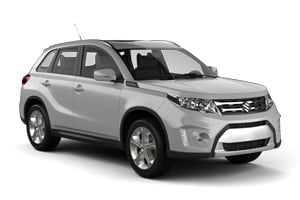
-
Thrifty From£ 24 /day -
Alamo From£ 30 /day -
Enterprise From£ 33 /day

-
Thrifty From£ 24 /day

-
Budget From£ 28 /day -
Avis From£ 29 /day -
Sixt From£ 41 /day

-
Budget From£ 26 /day -
Avis From£ 28 /day -
Sixt From£ 38 /day

-
Sixt From£ 14 /day

-
Sixt From£ 14 /day
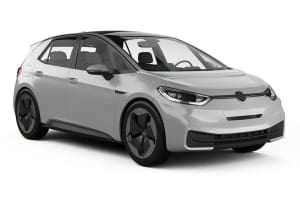
-
Hertz From£ 16 /day -
Budget From£ 17 /day -
Avis From£ 19 /day

-
Hertz From£ 17 /day -
Thrifty From£ 18 /day

-
Budget From£ 20 /day -
Hertz From£ 21 /day -
Avis From£ 21 /day

-
Budget From£ 17 /day -
Hertz From£ 17 /day -
Avis From£ 19 /day

-
Hertz From£ 18 /day -
Thrifty From£ 18 /day

-
Hertz From£ 21 /day

-
Hertz From£ 19 /day
Popular cities in Norway
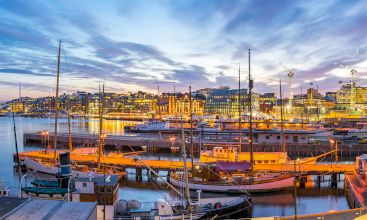
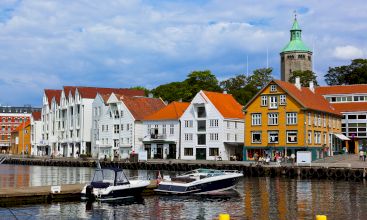
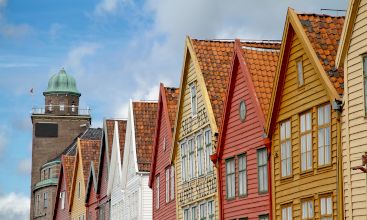
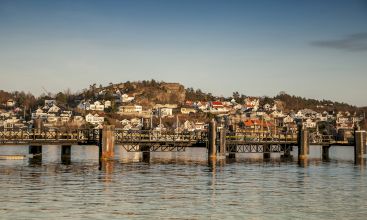
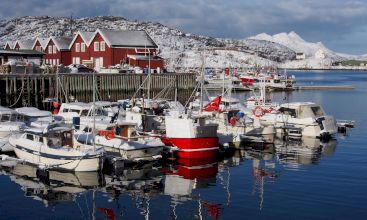
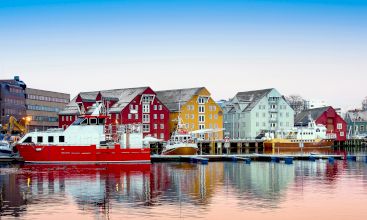
Popular rental locations in Norway
-
Car hire Oslo AirportFrom
£ 17 /day -
Car hire Harstad/Narvik AirportFrom
£ 14 /day -
Car hire Sandefjord AirportFrom
£ 17 /day -
Car hire Stavanger Sola AirportFrom
£ 26 /day -
Car hire Bodø International AirportFrom
£ 11 /day -
Car hire Bergen Flesland AirportFrom
£ 14 /day -
Car hire Tromsø Airport LangnesFrom
£ 20 /day -
Car hire Ålesund Vigra AirportFrom
£ 22 /day
Useful tips for a well-prepared trip
Which insurance should I choose, and what's the deal with the deposit? Read our articles with useful information and tips to ensure you choose the right rental car for you.
When to book a rental car in Norway
Car rental locations in Norway
EasyTerra Car Hire compares rental car prices at the following destinations
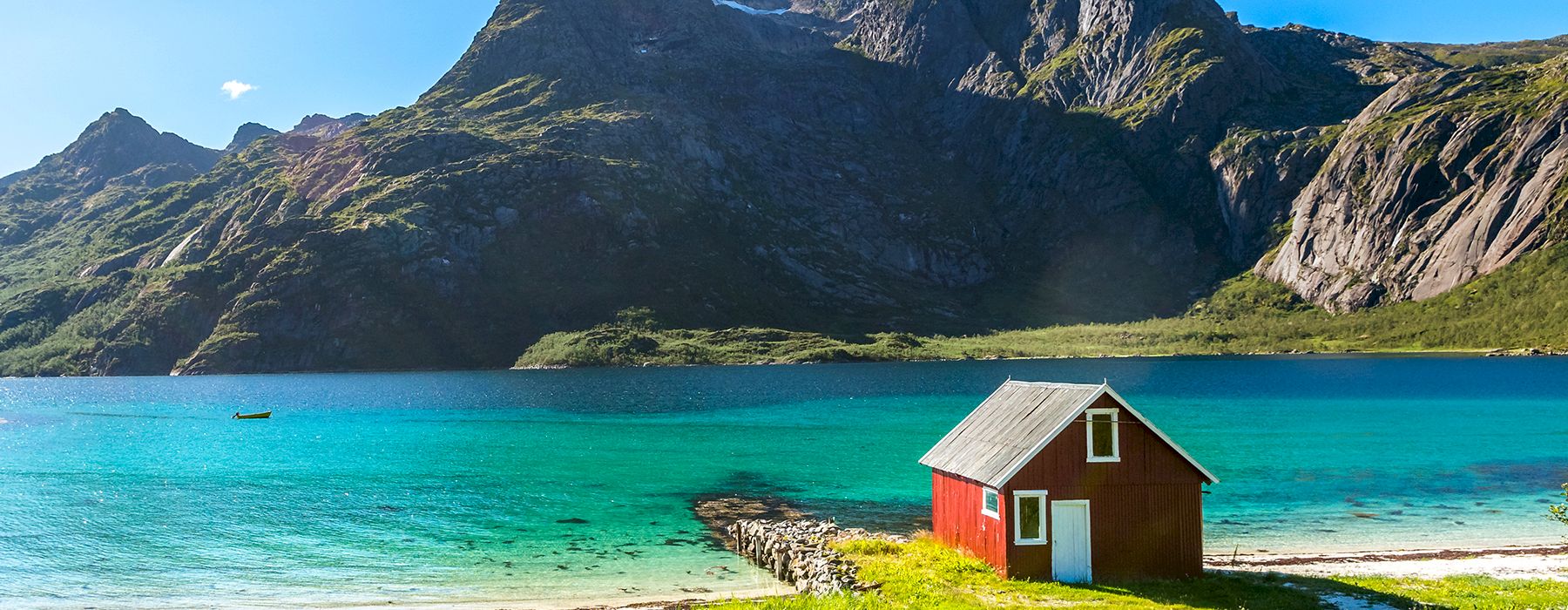
Location information for Norway
Norway is best explored by rental car. EasyTerra Car Hire has over 95 pick-up locations in Norway. This means there is always a pick-up location close to your destination.
Most popular car hire locations in Norway
Introduction
Norway has many glaciers and its west coast is indented with fjords. Rivers flow into these fjords with magnificent waterfalls. Norway has many picturesque places with medieval little churches. The land consists to a large extent of mountains and forests, which means that you can really enjoy its nature and tranquility. The traditional Sami villages in the north of the country are certainly worth a visit. The Norwegian society places great value on equality and is close to nature.
History
In the past, Norway was inhabited by the Vikings. Due to their looting and pillaging they became feared by countries outside Scandinavia. Their own country did not yield enough, and they founded settlements in various other countries, for instance in Iceland, the Faroe Islands, Greenland, France and parts of what we now know as the Great Britain. Modern cities like York, Dublin, Limerick and Waterford were founded by the Vikings. They lived in a number of small, independent communities. In 872, Harald Fairhair united these kingdoms during the Battle of Hafrsfjord, and he crowned himself the first king of Norway.
The (Norwegian) Vikings were known for their fighting spirit and their victories. When their opponents started defending themselves better after 1000 AD, the Vikings suffered more and more losses. The Norwegian line of the monarchy died out in 1387. This coincided with a recession and the arrival of the Black Death (the plague). This disease killed nearly half the entire Norwegian population. In 1397, a Danish queen married the king of Norway and Sweden. The three countries were united in what was called the Union of Kalmar. Sweden left the union in 1536, but Denmark and Norway stayed united until 1814. After the devastating plague epidemic Norway's power diminished. The monarchy, the intellect and the administrative power of the union were located in Copenhagen (the capital of Denmark). In Norway, this caused a wave of nationalist romanticism: the people pursued a romantic ideal, which was expressed in the form of (verbal) cultural expressions.
The Napoleonic Wars led to a rift between Norway and Denmark. In 1814, the union entered into an alliance with Napoleon of France outlawing trade with England. When Napoleon was defeated, the main powers of the day wanted to add Norway to Sweden. Norway protested and used to occasion to proclaim itself independent. In 1814, the country chose the Danish crown prince Christian Frederik as its king. Formally speaking, Norway was a part of Sweden, but the country had its own constitution and political institutions. Foreign policy fell under Swedish authority. At the end of the 19th century, nationalist feelings in Norway grew. The country was not happy in its union with Sweden. The growing Norwegian culture and nationalism led to the end of the union in 1905. The Norwegian government offered the Danish prince Carl the throne of Norway. Prince Carl adopted the name of Haakon VII and was crowned king of Norway.
During the First World War, Norway managed to stay neutral. In the Second World War it was less lucky when it was attacked by Germany. In all, Norway was occupied by Nazi Germany for five years. From London, King Haakon and the Norwegian government offered as much resistance to the Germans as they could. The excellent Norwegian navy put up a brave fight against the Germans under Allied flag in many battles around the world. The German occupation made the Norwegians realize that they preferred collective security above neutrality. In 1949, Norway signed the North-Atlantic Treaty, together with 11 other countries. This treaty was the beginning of the North-Atlantic Treaty Organisation. In addition, Norway was one of the founders of the United Nations (in 1945). Norway voted against membership of the European Union on two occasions. The country is, however, a member of the European Free Trade Zone Association (EFTA). This association was founded in 1960 as an alternative to the EU. Many former EFTA members have preferred the EU above the EFTA. At the moment, Norway, Iceland, Switzerland and Liechtenstein are the only remaining members.
Society and Culture
Norway has over 4.6 million inhabitants. The country has the lowest population density of Europe. Most Norwegians are descendants of the Vikings. There are two ethnic minorities in Norway: the Sami (Laplanders) and Finnish. Sami are the original inhabitants of Norway, Sweden, Finland and Russia. This is where they still live today. Since a number of years, immigrants represent more than half of the population growth. The largest groups of immigrants come from Pakistan, Sweden, Denmark, Iraq, Vietnam and Somalia.
The Norwegian language has two official written forms: Bokmål and Nynorsk. Bokmål is spoken by some 80% of the population. This language goes back to the Danish domination in the past. The language is spoken in and around Oslo (the capital of Norway), and it is taught to foreigners who want to learn Norwegian. Nynorsk is spoken by about 20% of the population. This is the language that the Vikings used. Also, a number of people in Norway speak Sami (primarily by the Sami in the north). In addition, immigrants also brought some languages with them. The Norwegian, Danish and Swedish languages are closely connected. Many Norwegians can both read and understand Danish and Swedish.
Most of the Norwegians (90%) are members of the state church: the Evangelical Lutheran Church of Norway. About 4.5% of the population adheres to a different Christian faith. Only 1.5% of the population is Muslim. Also, there is a small number of people who follow the Jewish or another religion. A small group of Norwegians is non-religious.
Despite the union with Denmark, Norway has always managed to maintain its distinct culture. The Norwegian culture can be admired in the country's many galleries and museums. On festive days and special occasions, the Norwegians are proud to wear their traditional clothing. Norwegians have a very egalitarian culture. They place great value on equality. This is reflected, among other things, in the social security system that is characteristic for the Norwegian and other Scandinavian cultures.
Norwegians find it important to enjoy their spare time. They love to spend it in the outdoors. They enjoy the feeling nature gives them, and there are plenty of outdoor activities. The Sami live in the north of the country and make a living from hunting, fishing and keeping reindeer. They also make beautiful artifacts.
Political Situation
Norway has a constitutional monarchy with a government that is based on a parliamentary system. The royal dynasty has descended from the Glucksburgs. This family originated in Schleswig-Holstein in Germany. The duties of the current king, Harald V, are largely ceremonial. The 1814 Constitution guarantees the executive duties of the king. These days, they are carried out in practice by the state council.
The state council holds the executive power and the king appoints its members. The prime minister is in charge. The parliamentary system dates back to 1884, and states that the state council must not oppose parliament. The state council answers to parliament. The Norwegian parliament is called the 'Storting'. It has 169 members who are elected every four years by the people. In Norway, every adult man and woman is eligible to vote. It was the second country in Europe to introduce universal suffrage in 1913 (after Finland).
At the moment, the Norwegian government is a 'red-green' coalition of the Workers' Party, the Socialist Party and the Centre Party. This coalition has governed Norway since 2005. The intention is to create more jobs in the public sector and to shift more government expenditure to local government. Also, the health and education sectors are being scrutinized. Although the current government has a left wing slant, the center-right parties are gaining support from the Norwegian people.
In 1949, Norway joined NATO. From the 1970's onward, the Norwegian government has considered joining the EC. However, an agreement could not be reached. The country works closely together with the rest of Europe, but to this day has not joined the EU.
Economy
The Gross Domestic Product (GDP) per capita is high, which means that Norway has a high standard of living. The Norwegian economy is based on social capitalism: a free market economy with government intervention. The government monitors vital elements of the economy, for instance the petroleum sector.
A large part of Norway is forested. No less than 80% of the forests is used for timber production. Also, the export of fish is important to the Norwegian economy. Other important Norwegian raw materials are oil and natural gas. Norway is one of the biggest oil and natural gas producers in the world. Only Saudi-Arabia and Russia export more oil than Norway. A large part of the Norwegian territory is not productive, which means that the country is very dependent on the export of oil and natural gas. Measures are being taken to cover for the reduction of the reserves. That is why the country has a Petroleum Fund.
Trade is a very important sector for Norway. In addition to oil and natural gas, the country exports electricity, machines, metals, paper, fish and chemical products. Important import products are machines, raw materials, food products, cars and ships. The United Kingdom, Germany, Sweden, Netherlands, Denmark and the United States are Norway's most important trade partners.
Norway has received much international criticism, especially from animal rights organizations. Norway is one of the few countries where whaling is allowed. Many supporters of whaling admit that it is not important to Norway from a macro-economic perspective. However, they do argue that many small companies (and with them families) depend on whaling for their survival.
Geography and Climate
This country forms the western part of Scandinavia and borders on Sweden, Finland and Russia. In the north, the country borders on the Northern Ice Sea, in the west on the Atlantic Ocean and in the south the North Sea and Skagerrak. The Norwegian Sea washes the top half of Norway's west coast. The Barents Sea lies in the north-east. In all, the coastline measures 83,000 kilometers, and it is characterized by steep inlets, better known as fjords. There are about 150,000 small islands off the long Norwegian coast, and there are many rocks that come up from the water. The Norwegian coastline is one of the longest and roughest in the world.
The Norwegian landscape is made up of high plateaus with rough mountains. These are alternated by fertile valleys. Many mountain tops are covered by glaciers. Jostedalsbreen is the largest glacier in Europe. The north of Norway is covered by arctic tundra. This area is called 'Finnmark'. Even in the summer the soil is frozen here. In all, two-thirds of the country is covered by mountains. Galdhoppigen (2,469 meters) is the highest mountain of Norway. The deepest lake is Hornundalsvatnet. This lake is 514 meters deep.
Oslo is the capital of Norway. Other important cities lie on the coast or on rivers. Examples are Trondheim and Stavanger. Bergen is also a port, and it is one of Norway's oldest cities.
The Norwegian climate is moderate on the coast. This is due to the influence of the Atlantic currents. Inland, the climate is colder, both in summer and in winter. There is also less precipitation compared to the coastal areas. On the west coast there is precipitation all year round. In the east of Norway there are some very dry areas. In these areas, there is hardly any precipitation. The north has a sub-arctic climate. In the winter, temperatures can reach -40 degrees Centigrade. However, the cold temperatures are bearable, because of the moderate winds. The north of the country is also known as 'the land of the midnight sun'. It lies above the Arctic Circle. This means that in the winter there is a long period of darkness (because the sun does not rise). In the summer, there is a period when the sun does not set.
Traffic and Infrastructure
The most important form of transportation in Norway is shipping. Ferries are much in demand. From Norway, people can take the ferry to Denmark, Germany, the Netherlands and England. Many ferries also carry cars. Important Norwegian ports are: Arendal, Bergen, Bodø, Drammen, Flekkefjord, Fredrikstad, Florø, Grimstad, Halden, Hammerfest, Harstad, Haugesund, Horten, Kragerø, Kristiansand, Kristiansund, Larvik, Mongstad, Moss, Narvik, Oslo, Porsgrunn, Sandefjord, Sandnes, Skien, Sortland, Stavanger, Tromsø, Trondheim, Tønsberg, Vadsø, Vardø and Ålesund.
Public transport is not very extended. There are many train connections between Oslo and a number of other large places. The longest railway line runs between Trondheim and Bodø. Norway's railway network is 4,000 kilometers long. At the moment, Narvik is the most northerly place in the world with a train connection. From Narvik, trains leave for the Swedish city of Kiruna. Travelling by train is a relatively cheap way to travel through the country. In addition, it is comfortable and offers great views. In Norway, there are four types of trains. Signatur is a fast train for long distances. Agenda is a train for medium-range distances. Lokaltog runs around Oslo and Flytoget is a fast and cheap train that runs between Gardermoen Airport and Oslo.
The national bus company, Nor-Way Bussekspress, offers the largest network of express buses. In addition, there are various companies that offer national, regional and local services. Many people prefer to use their own transport rather than public transport. Public transport does not take you to remote locations. A (rental) car does. In Norway, people drive on the right side of the road, and speed limits are indicated in kilometers. The speed limits are enforced regularly and for your safety we recommend that you observe them. Norway has the strictest rules in Europe in terms of drink-driving. Do keep this in mind! In addition, seat belts are mandatory, and the headlights must always be switched on. The quality of the roads in Norway is good. However, they are not wide, and there are many toll booths.
Many visitors enter Norway by airplane. The most important airport is Oslo Gadermoen. This airport offers both domestic and international flights. Other important airports are Olso Airport Fornebu, Trondheim Vaernes Airport and Bergen Flesland Airport. Because Norway is a large country, there are also many domestic flight connections. SAS and Norwegian are two competing airline companies that offer domestic flights.
Time zone
Norway is on Central European Time (CET - GMT +1). Daylight savings time is between April and October. The clock is put one hour forward.
Food and drink
Thanks to the abundance of fish in Norway, the country has many fish dishes. Especially salmon, herring and trout are popular. The fish is smoked, cooked, stewed or marinated.
Other Norwegian delicacies are 'geitost' (sweet goat cheese), 'spekemat'(marinated or dried meat), and 'rømmegøt' (porridge of sour cream with sugar and cinnamon). Norwegians also love meat. Various Norwegian dishes are prepared with the meat of reindeer, moose or lamb. 'Kjøttkaker' is Norway's national dish. These are meatballs. Also, the Norwegian kitchen uses many dairy products, like delicious cheeses.
Throughout the country you will find little tables of bakeries where you can eat bread rolls or other local delicacies. There are also many food stands with other snacks. Food and drink in Norway is not cheap. Be prepared, for instance, to pay € 3 for a cup of coffee. It is not customary to leave tips in restaurants. These are often included in the service. Alcohol is also very expensive and liquor is only available in state stores. Beer can often be bought in supermarkets.
Accommodation
The quality of accommodations in Norway is high. You can choose a hotel or a room in a private residence. Also, throughout the country there are over 1,000 campsites varying in price and quality. During the high season it is best to book in advance. Most hotels have special weekend and summer rates. Houses and apartments can be rented for longer or shorter periods. For hikers or mountaineers, cabins are available. To really enjoy the Norwegian culture, you can also choose to stay in an authentic pension, a traditional fishing cabin or on a farm.
External Sources
For more information about Norway, we recommend Google, and the following external sources:
Practical information
-
CurrencyNorwegian krone
-
Driving directionRight
-
City speed limit50 km/h
-
Freeway speed limit80 km/h
-
LanguageNorwegian, Norwegian Bokmål, Norwegian Nynorsk
-
Popular car categoryCompact
What most people want to know
The following questions and answers are a selection of the most popular questions. If you do not find the answer to your question, have a look at the Frequently Asked Questions page or contact us.
- Budget
- Hertz
- Avis
- Enterprise
- Sixt
- Alamo
- Thrifty
- Europcar
- Keddy By Europcar
- Dollar Rent a Car
- National Car Rental
- Rent a star
- Your Rent
- McRent
- Touring Cars
- Autorent AS
